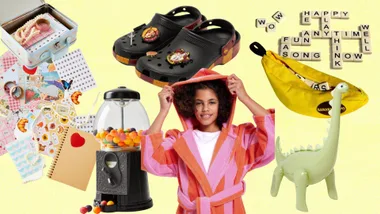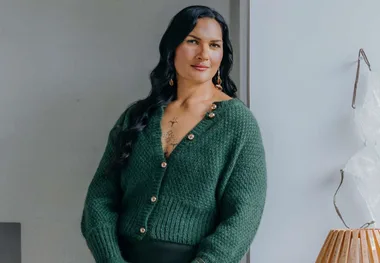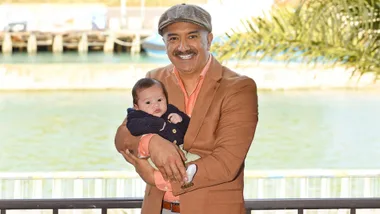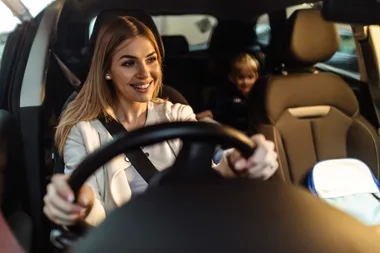oost children are able to be potty trained at about two years old but some do take longer. You’ll know if your child is ready when they’re able to tell you if they need to go to the toilet, even if they then do it in their nappy. Here are some tips:
Check that your toddler is ready for potty training by making sure they can keep a nappy dry for two hours, express a need to go to the toilet and show an interest in the potty. If your child isn’t doing any of these things, they’re not ready, and you shouldn’t attempt to start potty training yet.
Talk to your toddler about going to the toilet and what that means. Sit on the toilet and show your child what you are doing and how you do it, and explain to them that they can go to the toilet on the potty now instead of in their nappies.
Take your child shopping and buy them special “big girl/boy” underwear in colours and patterns they like. The more they want to wear the underwear the more inclined they’ll be to start their potty training.
Make sure the potty is with you at all times. In the beginning, toddlers don’t have a lot of control of their bladder and bowel, and when they need to go, they need to go, so having a potty handy is essential. Make sure there’s one in each bathroom.
At first it will be more a matter of you catching the moment for them to go on the potty. once they’ve done it a few times they’ll get the idea. Make sure you praise them a lot each time they manage to go on the potty. Some parents have a star chart and every time their child goes on the potty they get a star. Ten stars earns them a present. others give a reward, like a lolly, every time.
There will be accidents in the early stages, and it’s really important these are ignored and given as little attention as possible. Focus on the positive potty moments, not the bad, to reinforce the good behaviour.
Start training at home and use pull-ups or similar when you go out, unless you want to pack a potty in your handbag.
Be aware that some kids adjust better to going on the big toilet rather than a potty, so consider getting a seat that fits under or on the toilet lid so that they can sit on it. The idea is to make it as easy as possible for your child to adapt.
Boys will often start later and take longer to learn to use the potty than girls, so don’t place unrealistic expectations on your son.
Never make your child sit on the toilet or potty against their will. You want them to feel safe and okay about using whatever option they chose, not be afraid of it. Put the nappy back on and wait until they are ready if they seem uncomfortable.
Make sure you dress your boy or girl in appropriate clothing for fast removal. Dressing them in overalls that take ages to remove isn’t a great idea when you’re both in a hurry to get them off and your child onto the potty.
If you have older children in the family, make sure they’re involved in the potty training. They will respond very favourably if they know that every time they get their younger brother to go on the potty they get a monetary reward. And having more people on the lookout for potty moments means the toilet training will happen a lot faster and easier.
Don’t be pressured by others to start potty training too early. There’s no age specification for potty training, it’s more about whether your child is ready, so wait until you feel it’s right for both of you to start. Remember, there’s no harm in waiting.










